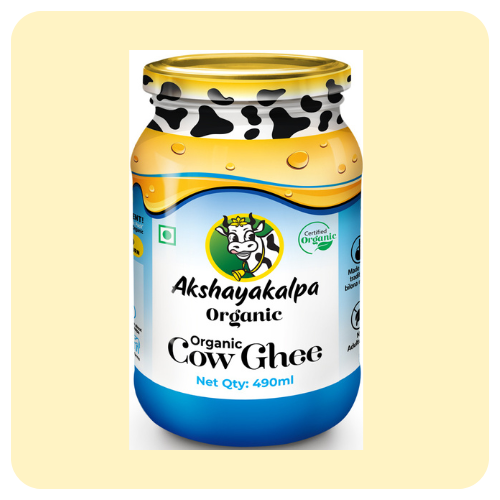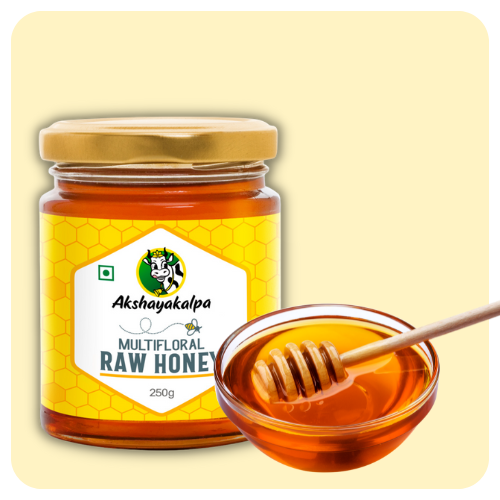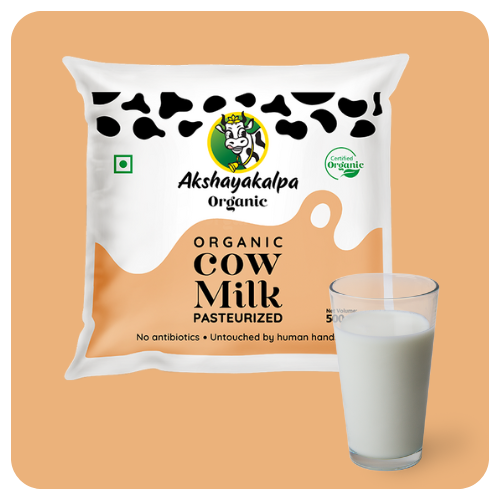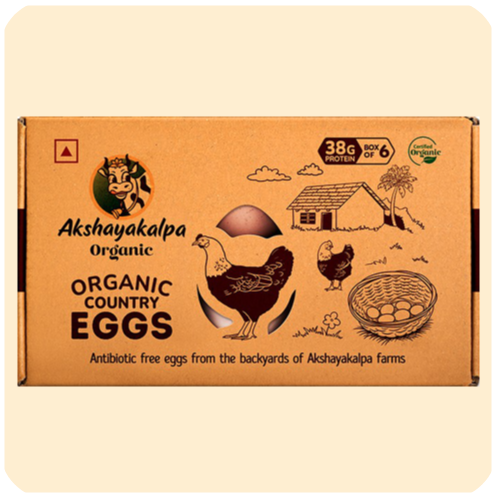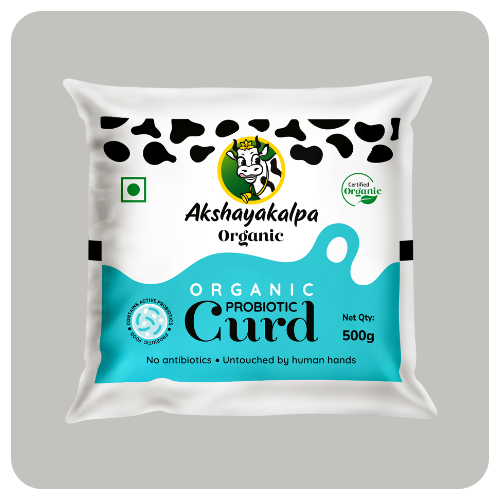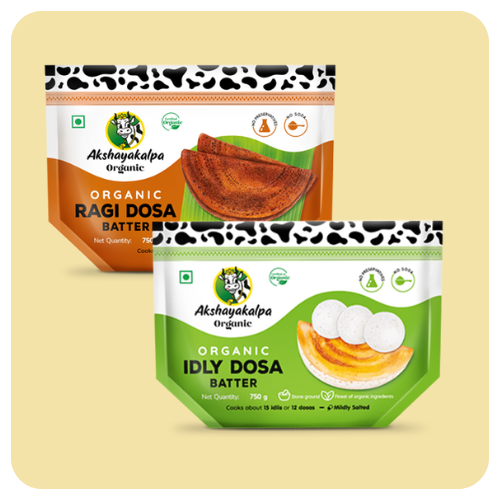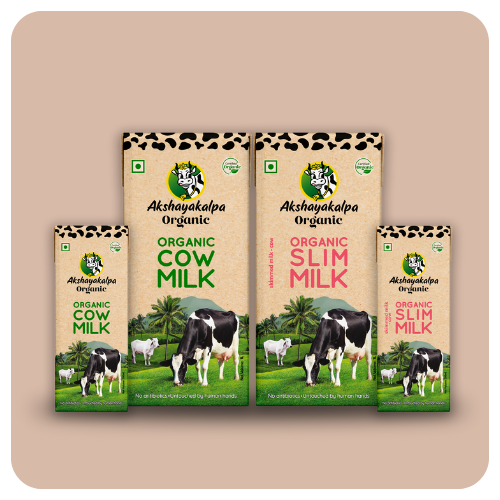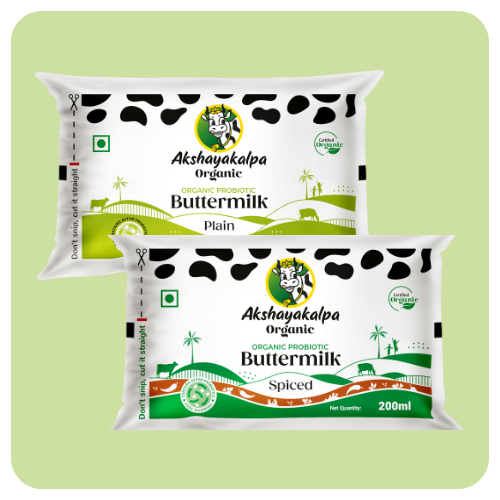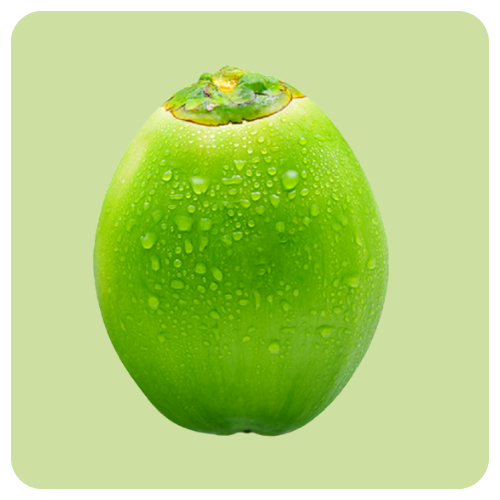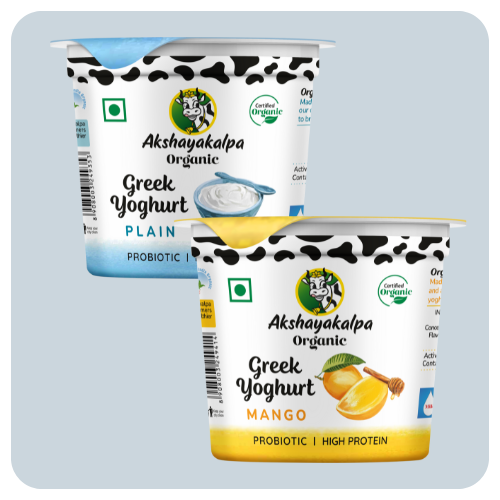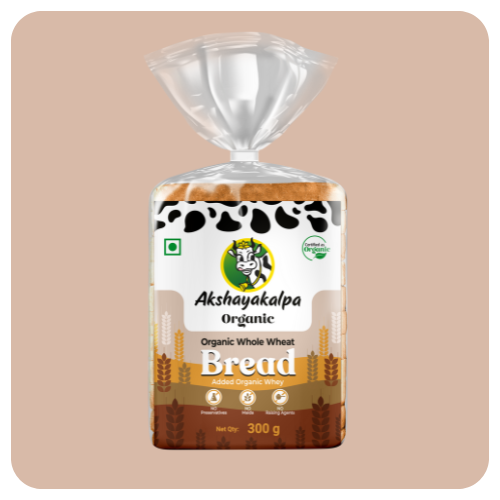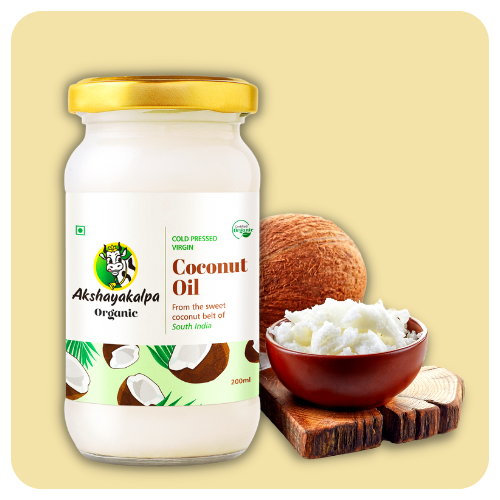The story behind the quality of eggs that you eat
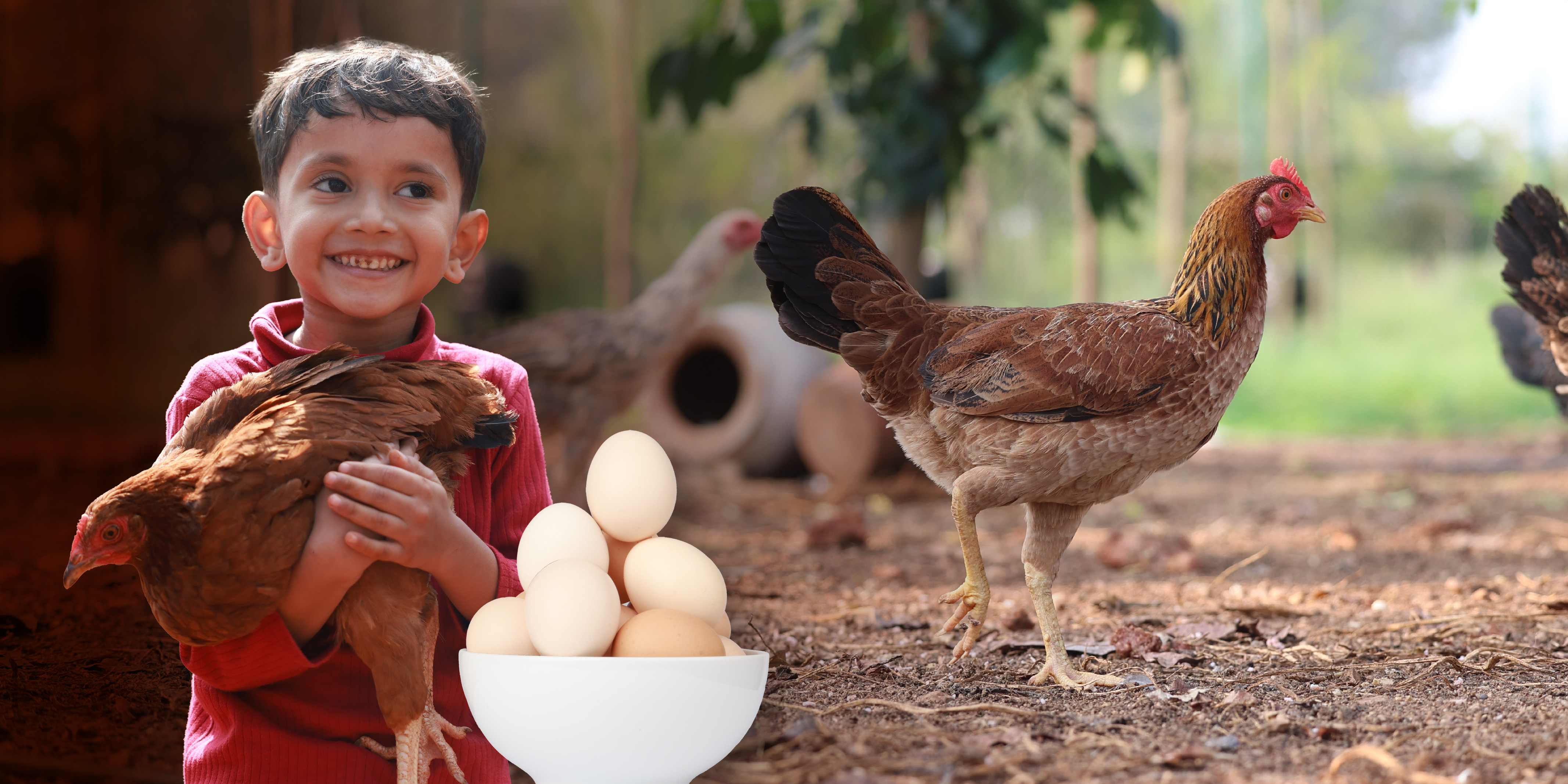
An egg might look fine from the outside, but the story behind it? That’s where things really get interesting. Or should we say, sad.
Imagine living in a cramped space where you can’t stretch, move around, or feel the sun on your back. Now imagine that’s not a moment but your entire life. This is exactly what hens in conventional poultry farms go through every single day. They are kept in cages so small they can barely turn, let alone engage in natural behaviours like pecking, nesting, or sunbathing.
This restricted lifestyle takes a serious toll on their health. These hens often suffer from weak bones and muscles because they simply don’t get to move. Many of them experience painful conditions like osteoporosis or paralysis due to constant confinement. Add to that the emotional distress of being unable to act on their instincts, and you can imagine how deeply unnatural this life really is.
But why does any of this matter to you?
The hen’s lifestyle directly impacts the quality of the eggs it lays. In commercial farms, hens are often kept in overcrowded and unhygienic conditions and are given antibiotics and stress hormones to boost production. Eggs from such environments tend to have weaker shells, lower nutritional value, and can even contain harmful bacteria like Salmonella. When hens are unhealthy and stressed, it reflects in the quality of the eggs that end up on your plate.
Now here’s the good part.
At Akshayakalpa, our hens live a life that’s as close to nature as possible. They are free to roam, play, forage, and just be hens. They eat clean, organic food and are never given antibiotics or hormones. And when hens are healthy and happy, they lay eggs that are truly worth eating. Eggs that are pure, safe, and nourishing.
So, the next time you pick up a pack of eggs, ask yourself: what kind of life did the hen live? Because that’s where the real story begins.
